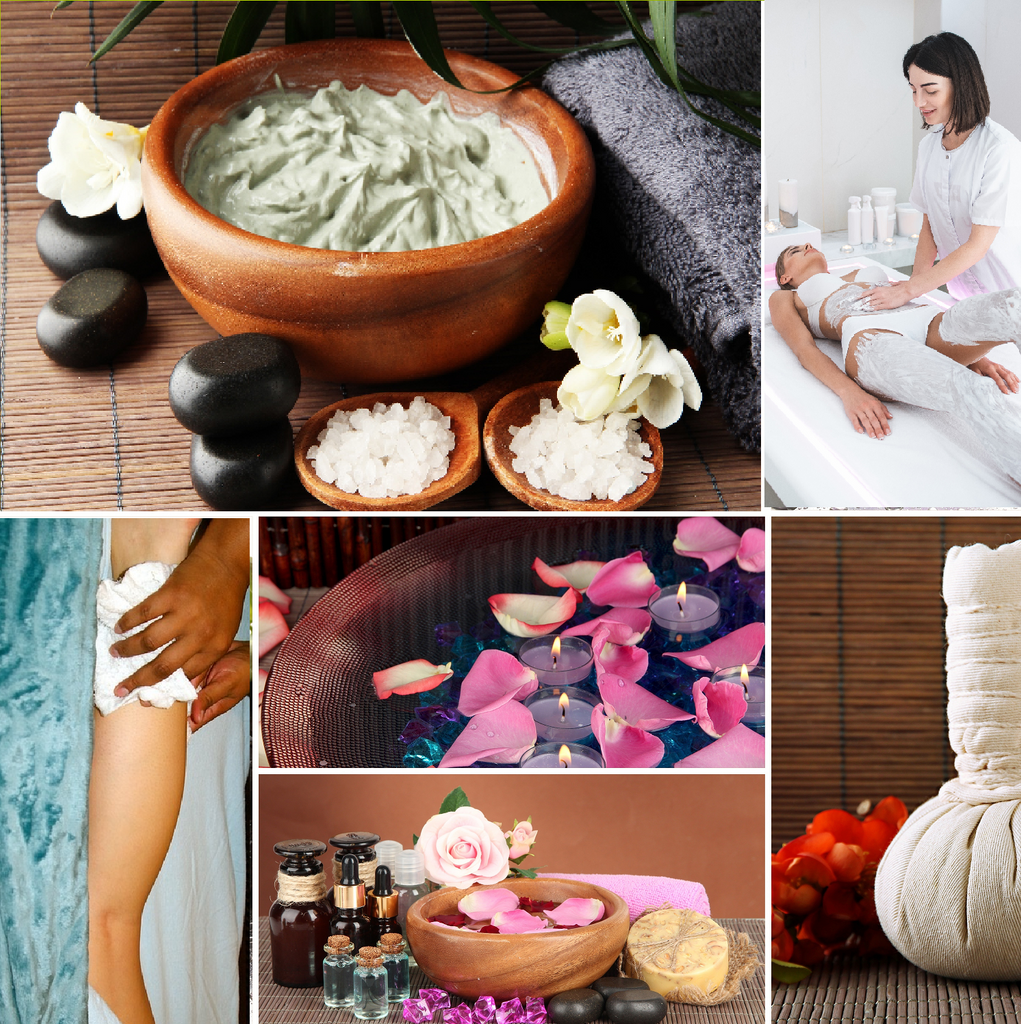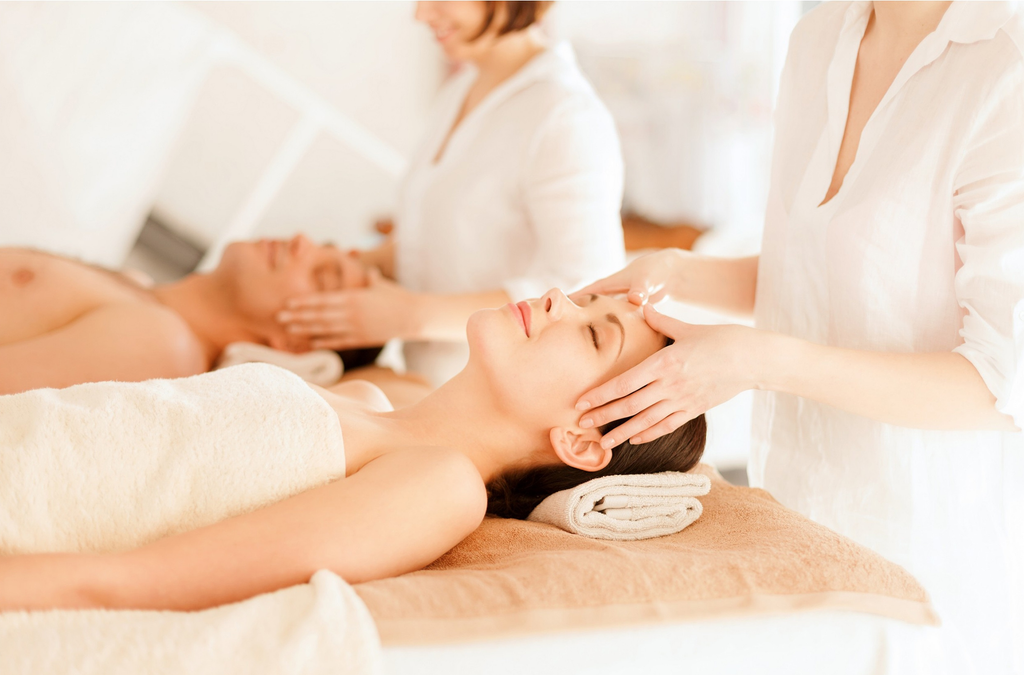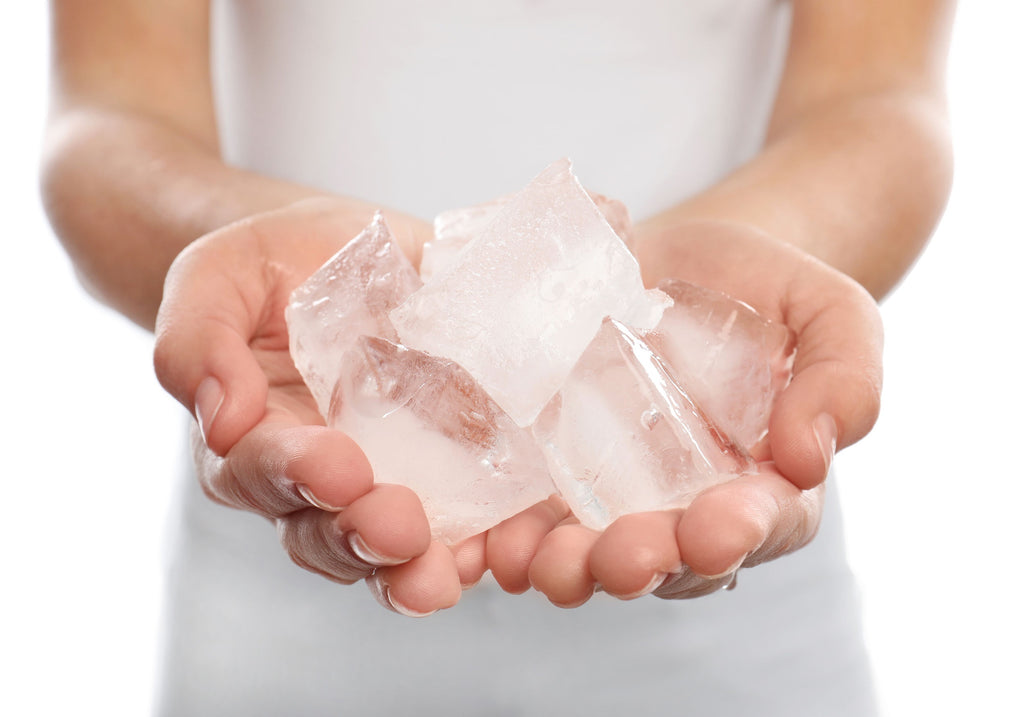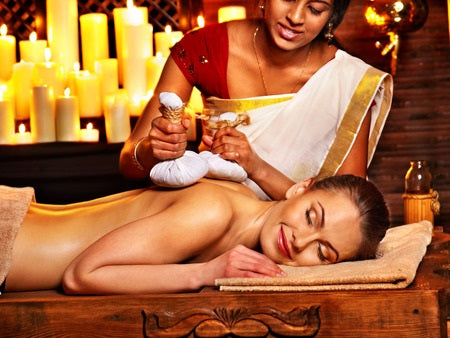Earlier this year, CE Institute LLC Instructors Jacqueline Tibbett & Selena Belisle were published in Massage Magazine for Cryotherapy Applications. Their article discusses applications of ice massage and creating cold packs with benefits, contraindications and more.
Cryotherapy is an age-old medical practice, first documented for use after surgery by Hippocrates in the fourth century BC. Physician James Arnott (1797-1883) was a pioneer of cryotherapies and described the use of cold for headache, skin infections, and other painful disorders.1 Sebastian Kneipp used cold water therapies around the same period for both animal and human health.
So, how does a modern-day massage therapist use cryotherapy to provide health benefits?
Ice Massage
The cryotherapy practice of ice massage can provide natural, opioid-free, pain relief for clients in need. Anyone can apply an ice pack or follow R.I.C.E. (Rest, Ice, Compression & Elevation) to treat their own injuries; however, ice massage uses a slightly more skillful approach and can be additionally applied to treat areas where a client may not be able to comfortably reach on their own.
Ice massage is inexpensive and easy to apply when properly trained. There are a variety of applications or supplies that can be used to add ice massage to your practice:
1. Purchase paper Dixie cups, fill with water to the top of the cup and freeze. Tear away the top three-quarter-inch of the cup, turn the ice cup upside down and massage the surface area with the exposed surface of ice.
2. Purchase the re-useable plastic cups available on such retailers as Amazon and follow the manufacturer’s instructions.
3. Use regular ice cubes with a small piece of paper towel or jar gripper.
It is recommended to keep a towel close to your ice massage to absorb melted ice from running over the client’s body or your equipment.
When applying ice massage, the standard is to lightly massage the skin with small, circular movements in a small, local area. Leaving ice in one place for too long can damage underlying tissues, causing greater pain and problems for the client.
Ice massage can be uncomfortable when it is first applied, as it is very cold. However, after prolonged exposure of two minutes or more, the analgesic effects usually begin, with pain relief and other benefits.2 Never massage an area with ice for more than 10 minutes and confine the treatment to lesser times depending on the client’s medical condition and response.
Cold Pack Options
When ice massage is contraindicated, such as working directly over new surgical stiches, a cold pack might be another cryotherapy option. Cold packs should be applied on top of a barrier such as a towel, on top of the body for a limited period of time to prevent tissue damage.
A cold modality should never be placed underneath a client, nor should a client ever lie on top of cold packs or any form of cold or hot thermotherapy. Common household items that can be used to create a cold pack include:
1. Fill a clean sock with rice then tie or knot the sock to seal the rice inside.
2. Pour any brand of liquid dish detergent into two overlapping zip lock bags to prevent leakage.
3. Place a wet sponge or wet towel in a zip lock bag.
4. Use a bag of frozen peas.
Just toss any of these cold pack options into a freezer for an hour or longer to allow them to become cold. You can also purchase reusable cold packs from retailers. Using moldable flexible packs are the best option. Be sure to sanitize the outer surface of a cold pack if it is reused.
How Does Cryotherapy Affect the Body?
Physiologically, cryotherapy has been shown to decrease tissue blood flow and reduce tissue metabolism.3,6 This results in a reduction of inflammation, muscle spasms and pain perception.2,4,5
One study showed a 20-minute knee ice-wrap decreased soft tissue blood flow by 26%. The study concluded that by decreasing blood flow, ice theoretically can limit hemorrhage and cell death after injury.3 Decreases in blood flow after cold treatment have additionally shown to reduce swelling and slow the delivery of inflammatory mediators (such as leukocytes), reducing inflammation in the affected area.4
Why Do Iced Areas Redden?
You may have seen local reddening of tissue after a few minutes of cryotherapy application. How is this possible when there is supposed to be a blood flow reduction?
This reddening could be explained by something called cold-induced vasodilation, also known as the hunting response. The hunting response is thought to be the body’s attempt to use specific thermoregulatory areas of blood vessels to create homeostasis and defend against tissue damage, hence the reddening of a cold-induced area.6
Soft Tissue Compliance in Cryotherapy Applications
Recent studies have shown that cold application may increase muscle tissue stiffness.7,8,9 As such, massage therapists should be cautious about stretching and manipulating soft tissue after applying cold.Cold application can also decrease sensitization, which can reduce the client’s ability client to feel or provide accurate feedback about bodywork intensity or pressure. Inadvertent soft tissue injuries are possible if a practitioner manually manipulates stiff musculature in a cold-induced, desensitized area.
Because cold application can adversely affect soft tissue compliance, we do not recommend massage after full body cryotherapy applications unless there is no need to consider tissue compliancy. As such, cryotherapy modalities such as a cold stone massage may be best applied to a local area such as a cold stone facial to relieve mild facial puffiness as opposed to a full-body cold stone treatment.
The same applies to cold water baths. Smaller cryotherapy baths may be wonderful for a local area such as swollen ankle or sprained wrist, especially if the bath could be elevated and administered above the client’s heart. Full-body immersion cryotherapies, such as a cold plunge that may flush the client’s tissues with vasoconstriction, may be best administered post-massage, when the practitioner is no longer stretching, kneading or manipulating the soft tissues of the body.
Caveats and Contraindications for Cryotherapy Applications
There are some standards that should be observed when practicing ice massage. There should be no signs of infection and the skin must be whole or intact. Applying ice massage over a recent surgical incision that is unhealed or any practice that could increase the risk of infection or cause greater tissue damage is ill-advised.
Acute post-surgical cryotherapy would use methods such as a stationary cold pack application to recently incised skin, instead of an ice massage. Once the skin is healed and intact after surgery, ice massage may then become a cryotherapy option.
The timing of the cryotherapy application such as before or after other soft tissue modalities should be considered in addition to the length of exposure to avoid tissue damage.
There are other medical contraindications for cryotherapy such as circulatory insufficiency, cold allergy, and advanced diabetes. Practitioners should seek proper training in cryotherapy modalities prior to practicing.
In Summary
Adding cryotherapy to one’s practice could expand your number of clients seeking opioid-free, non-invasive pain relief treatment. Learning the science behind how cold works within the human body, as well as the various applications and contraindications, may help boost your practice to reach and help a greater population than with just massage alone.
To learn more, please register for quality, affordable, professional training at: https://ceinstitute.com/
Please click HERE to view the article in full detail.

1. Evans PJD. Cryoanalgesia: The application of low temperatures to nerves to produce anaesthesia or analgesia. Anaesthesia. 1981;36(11):1003-1013. doi:10.1111/j.1365-2044.1981.tb08673.x
2. Nadler SF, Weingand K, Kruse RJ. The physiologic basis and clinical applications of cryotherapy and thermotherapy for the pain practitioner. Pain Physician. 2004;7(3):395-399. doi:10.36076/ppj.2004/7/395
3. Ho SSW, Coel MN, Kagawa R, Richardson AB. The Effects of Ice on Blood Flow and Bone Metabolism in Knees. Am J Sports Med. 1994;22(4):537-540. doi:10.1177/036354659402200417
4. Deal D, Tipton J, Rosencrance E, Curl W, Smith T. Ice reduces edema. A study of microvascular permeability in rats. J Bone Joint Surg Am. 2002;84(9):1573-1578. Accessed August 27, 2021. https://pubmed.ncbi.nlm.nih.gov/12208913/
5. Hubbard TJ, Denegar CR. Does Cryotherapy Improve Outcomes With Soft Tissue Injury? J Athl Train. 2004;39(3):278. Accessed August 22, 2021. /pmc/articles/PMC522152/
6. Daanen H. Finger cold-induced vasodilation: a review. Eur J Appl Physiol. 2003;89(5):411-426. doi:10.1007/S00421-003-0818-2
7. Lee SU, Bang MS, Han TR. Effect of cold air therapy in relieving spasticity: Applied to spinalized rabbits. Spinal Cord. 2002;40(4):167-173. doi:10.1038/sj.sc.3101279
8. Point M, Guilhem G, Hug F, Nordez A, Frey A, Lacourpaille L. Cryotherapy induces an increase in muscle stiffness. Scand J Med Sci Sport. 2018;28(1):260-266. doi:10.1111/sms.12872
9. Drinkwater E. Effects of peripheral cooling on characteristics of local muscle. Med Sport Sci. 2008;53:74-88. doi:10.1159/000151551











